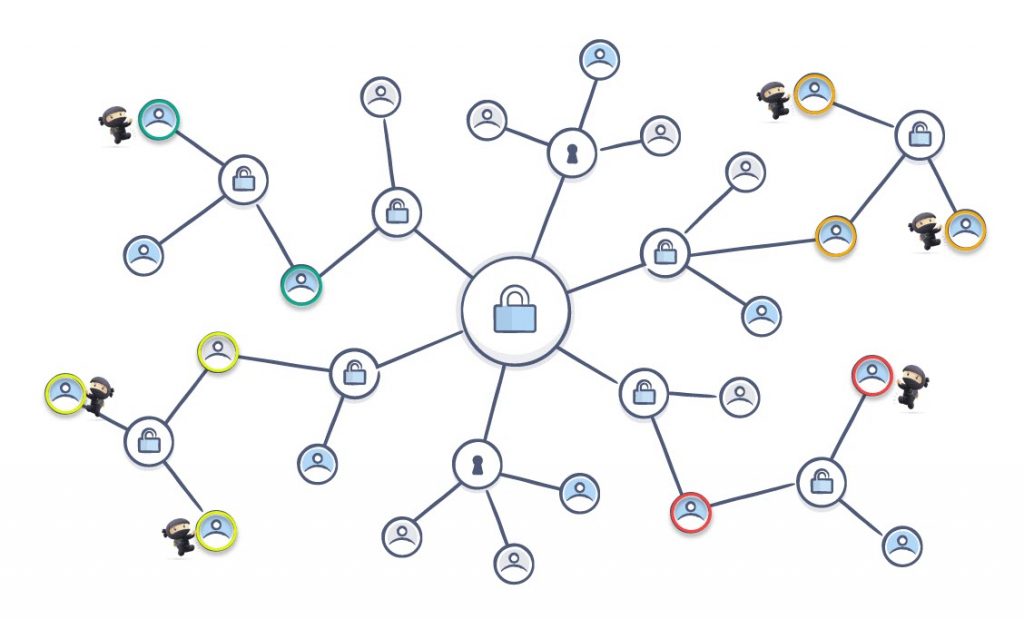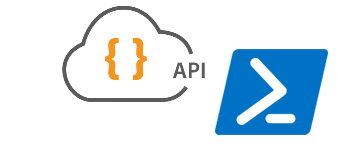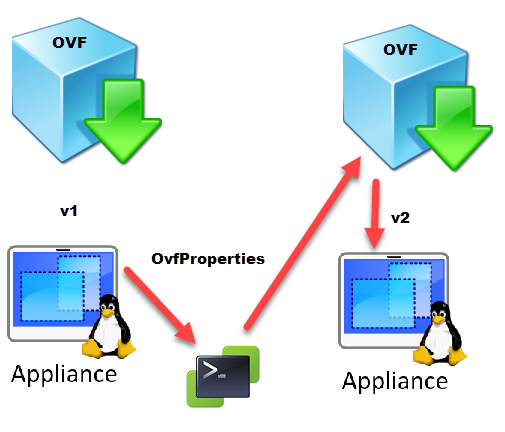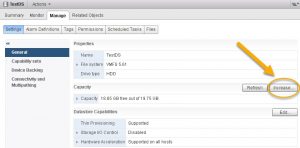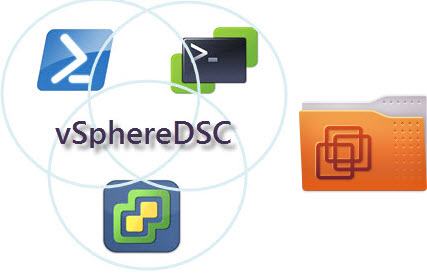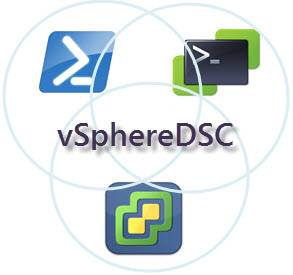Your vSphere environment is a living environment. Inventory objects are created and removed all the time. Together with these inventory objects there are often security permissions that come along. Team X needs Power User access for all VMs in folder Project-X. But the life-cycle management of these permissions is often not as fluent as your VM life cycle management. There is no built in permission cleanup method.
As a result, old permissions might be left behind, and what is worse, redundant permissions might be present. This doesn’t make the task of investigating “Who can do what?” in your vSphere environment any easier.
With the help of the function in this post you can now get rid of all these redundant permissions!

